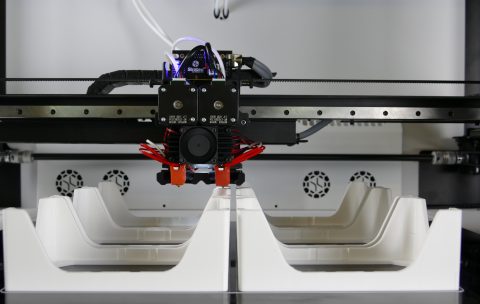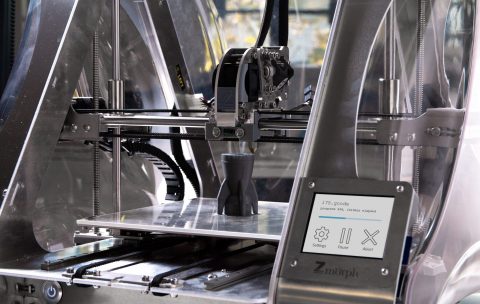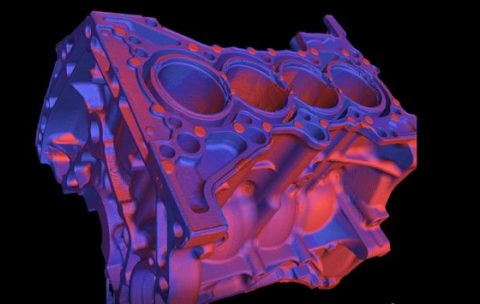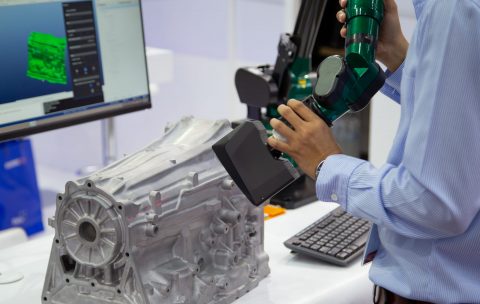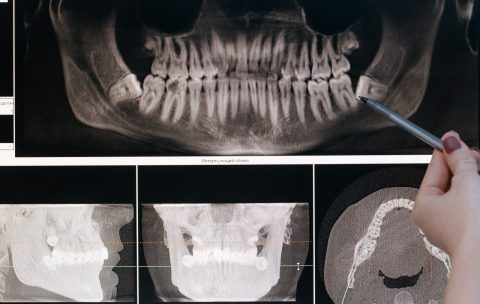Think back to January 2020.
It’s hard to believe that an industry as robust as aviation could have seen such an upheaval.
The ever-accelerating speed of aircraft manufacture seemed unstoppable, faced with unending consumer demand for travel.
With the rise of the COVID-19 pandemic, approximately 75% of the world’s aviation fleet had been grounded. As the spread of the virus now seems to have subsided, over time aircraft manufacturers can hope for a return to pre-pandemic levels of demand for international travel.
For the aerospace industry, this means work can resume and opportunities will arise by turning back its focus on next-gen technology advancements.
Computed Tomography (CT)
CT machines have made significant advances for the next generation in aviation manufacture. It is likely businesses in the sector will invest in high-end technologies to make further efficiency gains in their quest for profits post-COVID-19. Of course, each business has been impacted in their own ways and one method does not fit all.
Looking at aerospace, rocket manufacturers and governments tells us that their revenue model is not necessarily consumer-driven. For instance, the rocket sector is highly reliant on funding from private industry and billionaires. With government sectors, whether it’s munitions or propellant equipment, it’s clear to see that large sums of money are still being budgeted for future developments.
With the production of aircraft resuming, manufacturers face an increasing demand to embed and improve automated inspection processes. Game changing advancements in CT now allow detection of internal/external structural damage and manufacturing flaws in great detail. Automating this in combination with connected software platforms is where the biggest ROI can be realized.
Non-destructive Testing (NDT)
NDT methods have come just as far – with developments in tools such as ‘Automated Defect Recognition’ (ADR) and higher resolution imaging. Many challenges have been lessened in regards to scanning speed, labor intensity and operational efficiency. Testing methods today assess the complexities and geometries of critical flight components to ensure aeronautical safety – and do so more quickly than ever before.
As we look further down the road, the fourth industrial revolution – otherwise known as ‘industry 4.0’ – highlights a range of individual revolutions by combining state-of-the-art technology with conventional manufacturing techniques. This will help organizations to reformulate design, engineering, and manufacturing processes using not just CT imaging, but a range of technologies and services.
For instance, let’s say that an automated software analysis finds 15 defects inside a machine-part. The three-dimensional CT imaging will report quantitative information, and ADR will categorize those defects. The manufacturing process can then be configured to parse said data back into an industry-forum-connected-factory, thereby enabling other manufacturers to use that data as intelligence to their casting process.
The benefits of Automated Inspection are manifold – but rely on dependable CT precision scanning. Embedding new digital technologies such as Artificial Intelligence and Machine Learning might just be what kick starts the next revolution for aerospace.
The VedaCT, best-in-class CT imaging, revolutionizes automated inspection, empowering you to make the right choices for your design and its mechanisms, giving you back control, and delivering confidence.
It observes in machinery what science observes in its analysis of microparticles, capably high-resolution scanning both external and internal surfaces using Non-destructive Testing (NDT).
The VedaCT takes advantage of a granite base. Known for the effective absorption of vibrations, the granite foundation enables precision scanning that delivers a comprehensive analysis of the constituent of any material, supporting design innovators across a multitude of industries. The machine’s 400 mm diameter turntable offers 360-degree image processing, commendably examining every element of a scannable component.
Share to:
New Paradgm in Additive Manufacturing
Read about the benefits for Computed Tomography for Additive Manufacturing


